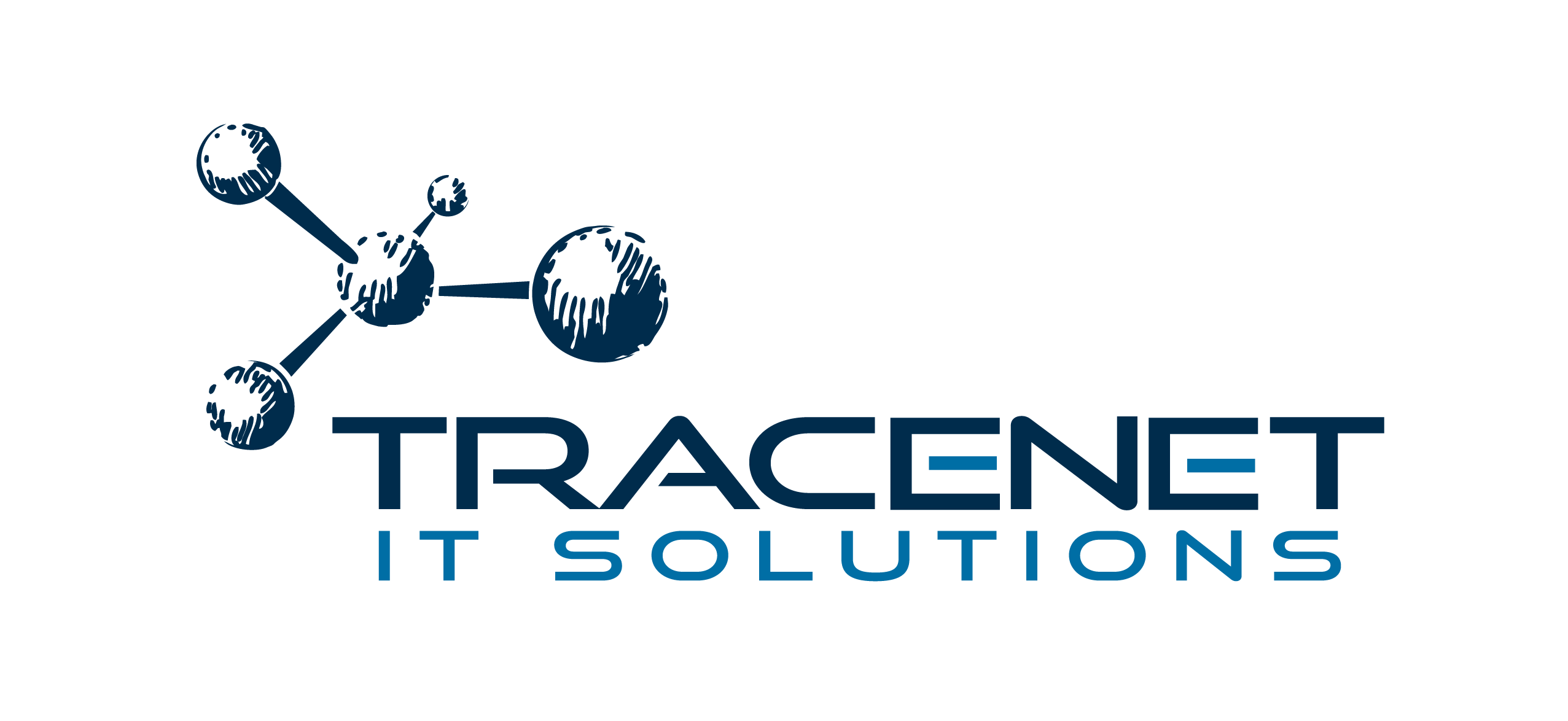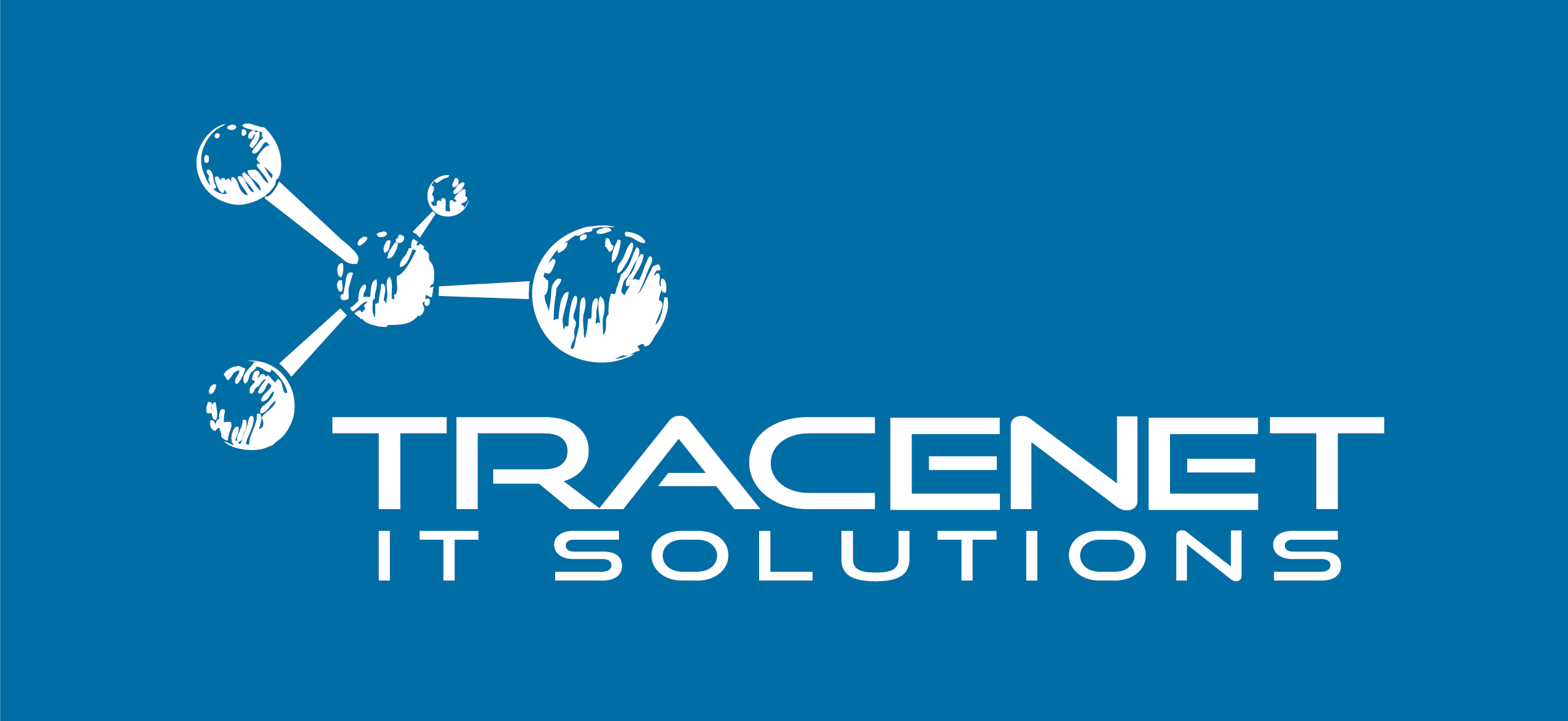Over the years, companies have been impacted by the transformation in their operations, as the cloud allows them to access resources and data from anywhere at any time. This flexibility and efficiency, however, comes with significant challenges, especially in terms of security.
Therefore, as more organizations migrate their operations and data, cloud computing security becomes a critical priority. In this blog, we’ll explore what cloud computing security is, why it’s indispensable and how to implement it effectively in your company. Enjoy the read!
What is cloud computing security?
Cloud computing security refers to a comprehensive set of policies, technologies, controls that protect data, applications, and services in the cloud. This ranges from protecting data at rest and in transit to identity and access management.
As companies become increasingly dependent on the cloud, security becomes key to ensuring that information stored on remote servers is protected against unauthorized access, cyberattacks, data loss and other threats.
This multi-faceted approach to cloud computing security includes essential components such as encryption, authentication, access control, monitoring and regular audits. Implementing these measures not only protects sensitive information, but also guarantees business continuity. It also strengthens customer confidence and improves compliance with regulations.
What are the main components of cloud computing security?
There are a few main elements that permeate cloud computing security, such as encryption and backup. Let’s take a look at them in detail:
- Encryption: this is one of the main defenses in cloud computing security. It protects data in two phases: at rest (stored) and in transit (transmitted). This is done using complex algorithms that transform readable data into a coded format.
- Encryption at rest: ensures that data stored in the cloud is protected. Even if an attacker manages to access the servers, the data will remain incomprehensible without the correct encryption key.
- Encryption in transit: protects data while it is being transferred between the user and the cloud provider. The use of protocols such as SSL/TLS ensures that communication is secure and that data cannot be intercepted during transmission.
- Authentication: identity management and access control (IAM) is key to ensuring that only authorized users can access critical resources and data.
- Multi-factor authentication (MFA): requires users to provide two or more forms of verification (for example, a password and a code sent to their cell phone) before gaining access. This adds an extra layer of security, reducing the risk of unauthorized access.
- Identity management: allows companies to control who has access to what data. This includes defining permissions and roles, ensuring that employees only have access to the information they need for their jobs.
- Monitoring and auditing: these are essential for the early detection of threats and for ensuring compliance with security policies.
- Monitoring systems: real-time monitoring tools help identify suspicious activity, such as unauthorized access or attempted attacks. Automatic alerts can be set up to notify the security team of any anomalous behavior.
- Regular audits: allows security practices to be reviewed and vulnerabilities to be identified. This includes evaluating security configurations, access permissions and the effectiveness of implemented policies.
- Backup and recovery: serves to guarantee data recovery in the event of loss, corruption, or attack.
- 3-2-1 backup strategy: this approach recommends that companies keep three copies of their data, in two different formats, with at least one copy stored offline. This provides an additional layer of protection against data loss.
- Recovery tests: carrying out regular tests to ensure that data can be restored effectively is vital. This helps identify problems in the recovery process and ensure that, in the event of an incident, the company can resume operations quickly.
- Network Security: this covers the protection of the networks that support the cloud infrastructure. This includes the use of firewalls and intrusion prevention systems (IPS).
- Firewalls: these devices monitor and control incoming and outgoing traffic, creating a barrier between the internal network and external threats. They can be configured to block unauthorized access and protect against attacks.
- Intrusion Prevention Systems (IPS): these systems monitor network traffic for suspicious activity and can automatically block or neutralize possible intrusions, alerting administrators. Implementing IPS helps strengthen network security, protecting against known and unknown threats and ensuring a proactive response to potential threats.
- Physical security: although cybersecurity focuses on protecting digital data and systems, physical security also plays a key role in cloud computing security.
- Data center protection: cloud providers must ensure that their data centers are physically secure. This includes access controls, camera surveillance, 24/7 security and measures to protect against natural disasters.
- Redundancy and business continuity: reliable cloud providers must have business continuity plans that include redundancy in their infrastructure. This ensures that, in the event of a hardware failure or disaster, services remain available.
- Compliance and regulations: meeting regulatory requirements is crucial for cloud computing security. Many industries have specific standards that must be followed.
- Security certifications: cloud service providers must obtain certifications proving that they follow security best practices. Examples include ISO 27001 and SOC 2.
- Regulatory compliance: companies need to ensure that their security practices are in line with relevant regulations, such as GDPR, HIPAA or LGPD. This includes the proper storage and handling of personal and sensitive data.
- Incident management: effective incident management is fundamental to responding quickly to threats and minimizing damage.
- Incident response plan: developing a plan that describes how the organization will respond to a security incident is essential. This should include procedures for identifying, containing and eradicating threats, as well as communicating with stakeholders.
- Training and simulations: carrying out incident simulations can prepare staff to respond appropriately to real situations. Ongoing training is vital to ensure that everyone knows what to do in the event of an attack.
How to implement cloud computing security in your company
Implementing cloud computing security requires a strategic and comprehensive approach. Here, we can follow a few steps. These are
- Initial assessment: carry out a complete assessment of your organization’s security needs. Identify which data and applications are most critical, which regulations apply and which threats are most relevant to your sector. This assessment will help establish priorities and guide the implementation of security measures.
- Choosing a reliable supplier: the selection of a cloud service provider is crucial. Look for providers that offer robust security features, such as data encryption, multifactor authentication and compliance with relevant regulations. Evaluate the provider’s security certifications, such as ISO 27001, and read comments from other customers about their experience.
- Establish security policies: these should include guidelines for the use of passwords, authentication, data sharing and incident response. Make sure that these policies are communicated to all employees and that there is regular training on their importance.
- Monitor regularly: implement monitoring systems to detect suspicious activity in real time. Carry out regular audits to assess compliance with security policies and identify areas for improvement.
- Prepare for incident responses: describe how your organization will react to potential data leaks or cyberattacks. This should include procedures for communicating with stakeholders, restoring affected systems and revising security policies after an incident.



